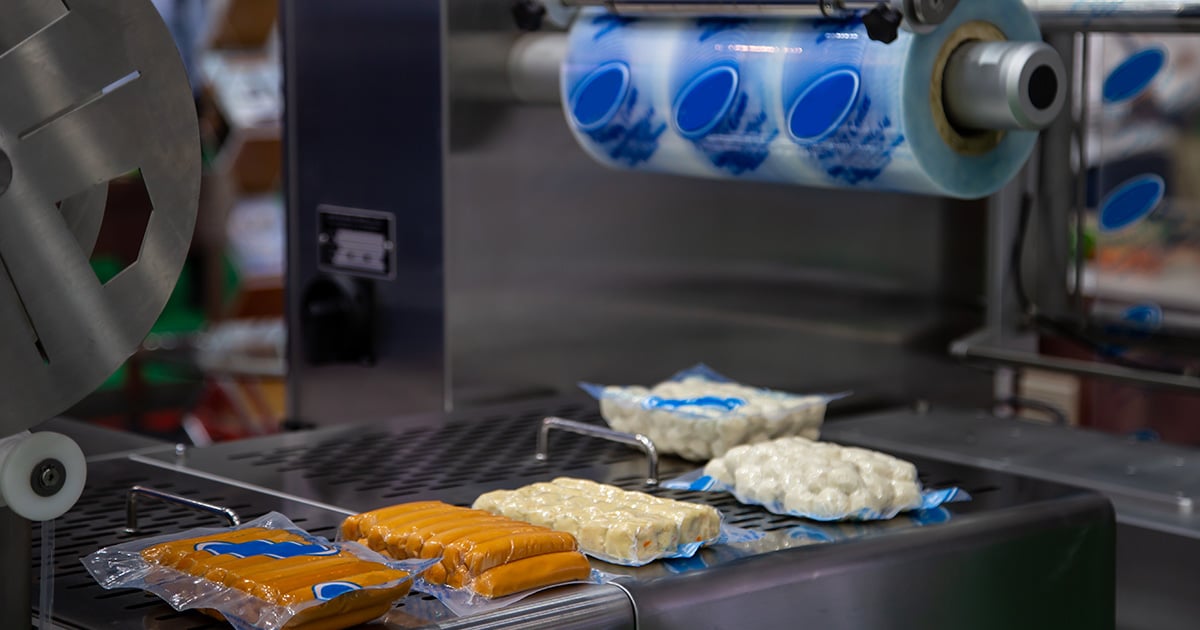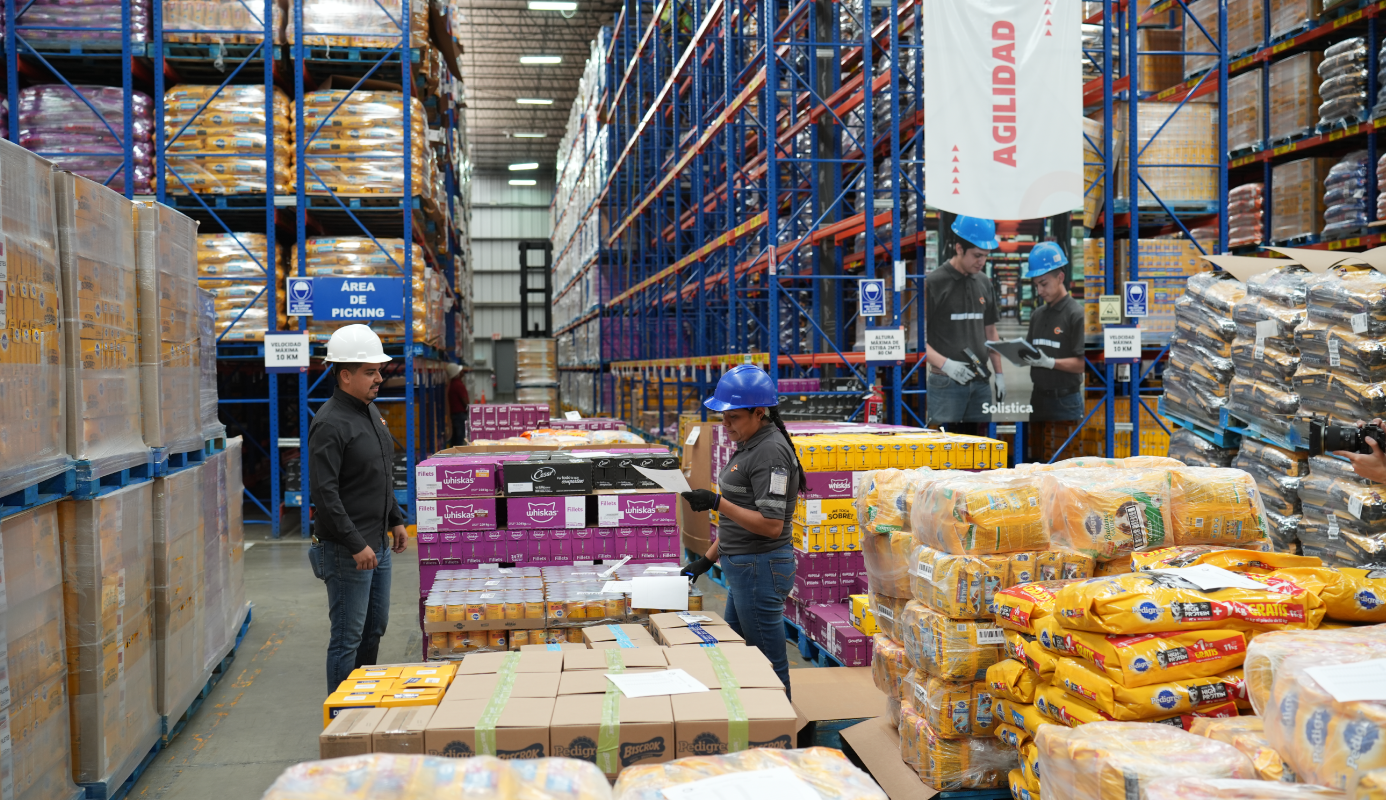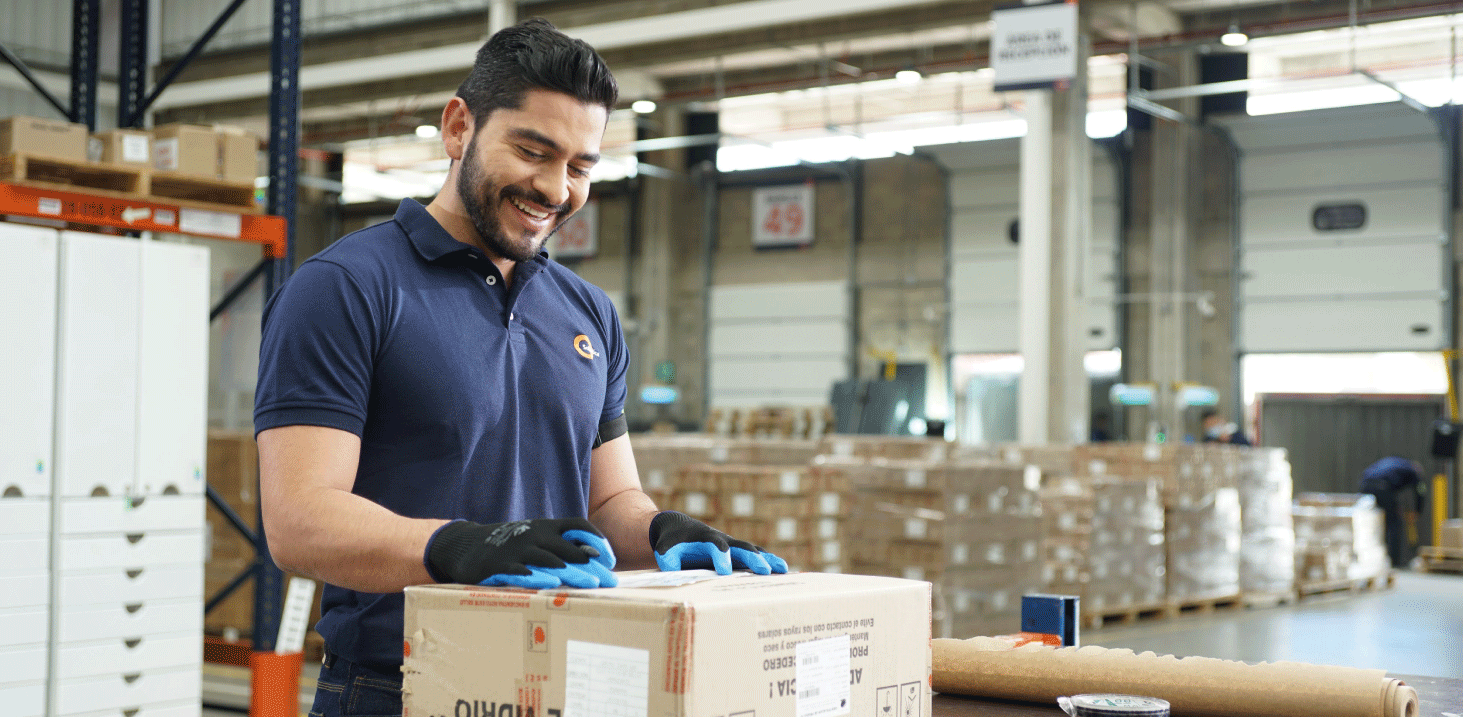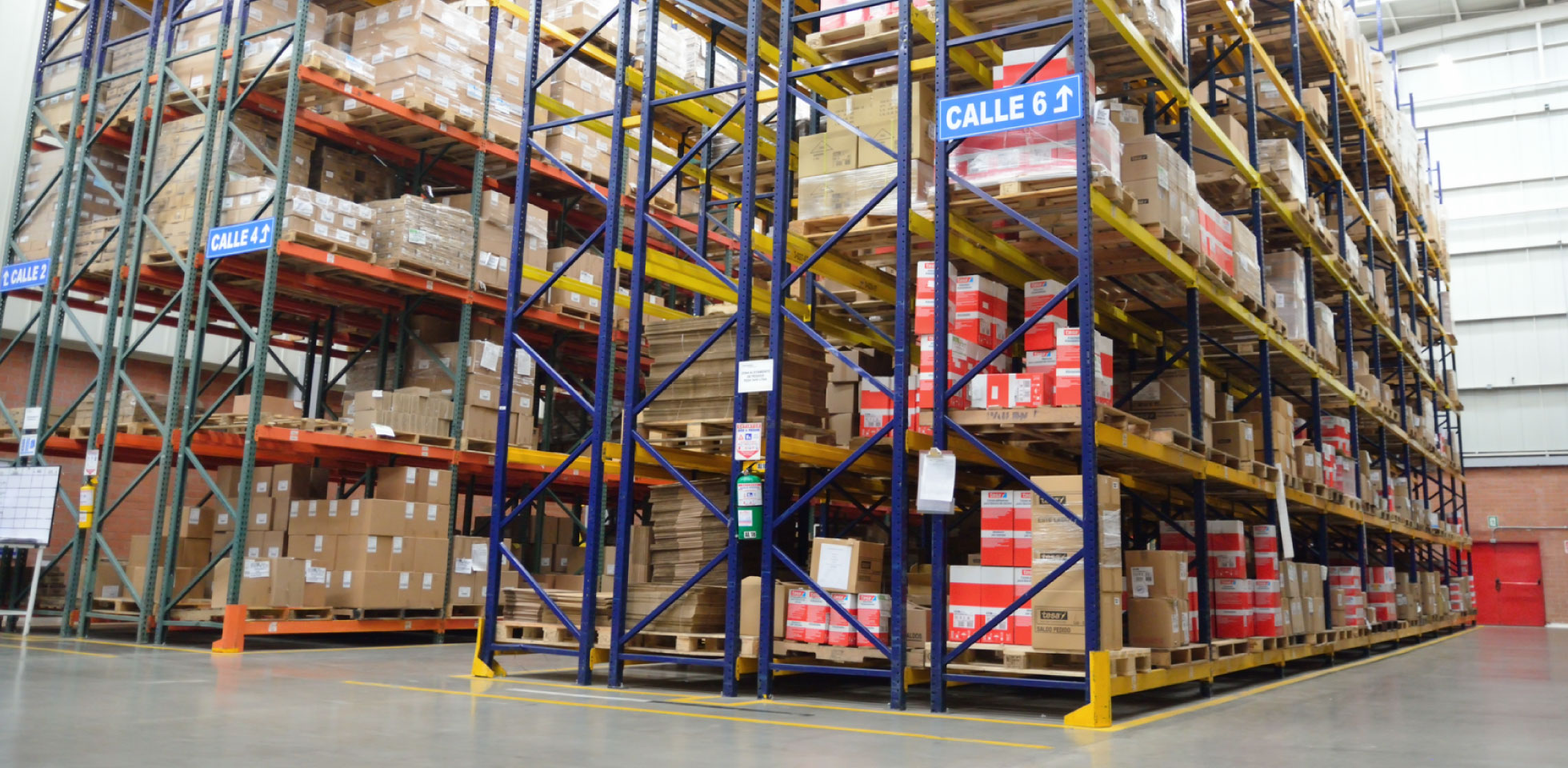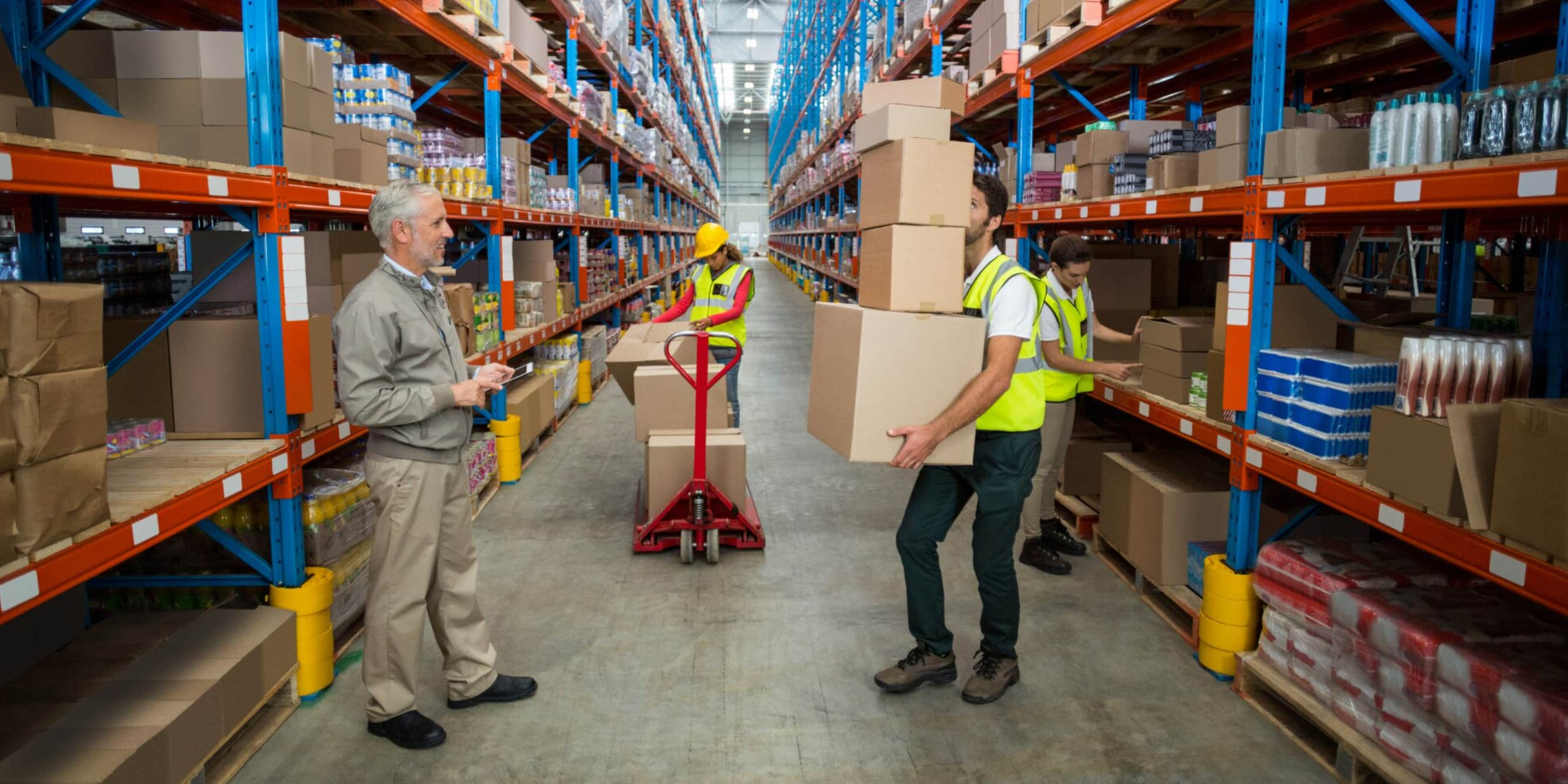One of the activities that has gained relevance during the past few years is the logistics of food. Thanks to it, we can eat products manufactured anywhere in the world, even if we are not aware of doing so.
The logistics of food encompasses all kinds of foodstuffs, from beef to fruits and vegetables, ingredients, and precooked food, notwithstanding format or presentation. This makes the safety of the complete supply chain vital and forces us to consider several issues, such as the distance between origin and destination, the control of temperature, cross contamination, driver training, and regulations.
Stages of the supply chain
The supply chain for precooked food consists of three stages:
- Preparation refers to the planning of production and to the loading of products in isothermal containers.
- Transportation refers to the specific placement of foods in the transportation units to avoid any possible contamination or lack of hermeticity.
- Point of Consumption refers to checking containers are in perfect working conditions and placing the cold foods in cold chambers or refrigerators, and hot foods on hot tables until they are delivered to the final customers.
In addition, throughout these stages we carry out processes such as packaging, warehousing, product handling (some frozen or refrigerated), labelling, repacking, picking, and many others.
Factors that have affected the logistics of food
In the past years, the logistics of the food industry has been impacted by different factors:
- Changes in consumer behavior:
- Preference for healthy products that are low in sodium, low in calories, natural, organic, free of additives and transgenics, a demand for special diet products such as lactose-free, gluten-free, vegan, and vegetarian, among others, and local and fresh products.
- A need to know where the products were processed or grown.
- A preference for personalization.
- A need to get food at the time and place customers want it.
- Increase in the volatility of supply boosted by geopolitical and climatic issues.
- Fluctuation in the international trade conditions.
- Stricter rules and standards, especially those related to food safety.
- Demographic and social change.
- Fast technological advances to address issues in the supply chain at an early stage.
- Sustainability laws and requirements.
Trends in the food industry
Even before the COVID-19 hit, the supply chain in the food industry were already changing; however, the pandemic has accelerated some of these trends:
Distribution centers:
- Integration of distribution points
- Improvement of customer experience at brick-and-mortar stores
- Implementation of stores especially designed for deliveries (known as dark stores)
- Facilities closer to customers
Distribution channels:
- Impact on deliveries depending on location, time, and speed
- Preference of consumers depending on the situation (emergency or restocking purchase)
- Combined transportation and central distribution
Packaging and format:
- Expansion of food “to go” in other channels
- Purchase experience due to the design of the package
Technology:
- Visibility of inventory across the network
- Control towers
- Network modelling and scenario analysis techniques
Coronavirus and the food industry
The containment measures implemented for the pandemic have had an impact on how food travels from manufacturers to consumers. The following are some examples of the interruptions caused by the COVID-19 crisis:
- Harvesting: crops gone to waste due to a lack of staff and to the closure of borders
- Logistics: difficult and expensive to ship fresh products internationally
- Processing: shut down of food processing plants
- Supply: lack of personnel and deficient deliveries
Even though we cannot yet talk about solutions to address these and other logistics issues derived from the pandemic, there are some strategies that companies in the food industry can implement to improve their logistics, for example:
- Investing in omnichannel capacities, especially digital solutions
- Working with a broader base of suppliers and keep larger inventories of high-turnover products
- Getting rid of low-turnover products
- Developing new products that combine a healthy lifestyle with a minimal environmental impact
- Striking relationships with partners in the supply chain, including logistics companies
- Implementing monitoring and location solutions to anticipate and untangle bottle necks
- Redesigning the warehouses and processing plants to achieve social distancing
- Shortening store shifts, rotating the staff, and duplicating delivery services.
Just like all other industries, the logistics of food is no longer seen as a set of operational activities but as a key strategy to differentiate ourselves from our competitors. Customers are no longer satisfied by the products alone, but by whole experience surrounding these products. This creates opportunities for companies to stand out.
Solistica understands how important foodstuffs are; therefore, we have fleets and warehouses with special handling conditions. Also, because of the pandemic we have strengthened our safety processes to ensure clients get the goods in the best conditions.
